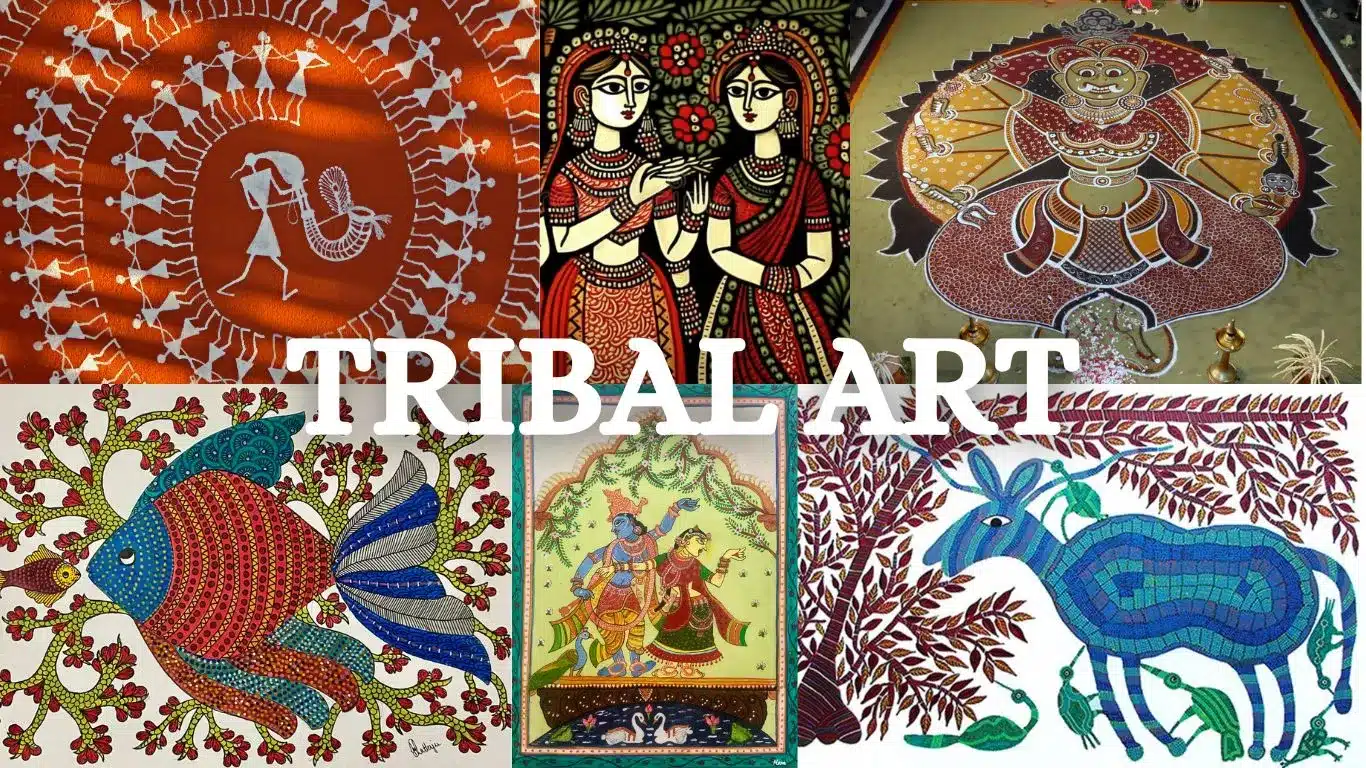Exploring the Enriching Legacy of India’s Spiritual Art Through the Ages

A captivating new exhibition at the British Museum in London, titled “Ancient India: Living Traditions,” showcases the evolution of India’s spiritual art through 189 remarkable artifacts. Spanning centuries, the exhibition invites visitors to explore a diverse range of objects, including ancient sculptures, paintings, and manuscripts. It highlights the transformation of artistic representation in Hinduism, Buddhism, and Jainism, revealing how these religions reimagined divine figures from symbolic forms to more human-like depictions.
Exploring India’s Spiritual Art
“Ancient India: Living Traditions” offers a unique opportunity to delve into the rich tapestry of India’s spiritual art. The exhibition is divided into five sections, beginning with representations of nature spirits and progressing through each of the three major religions. It culminates in an exploration of how these faiths and their artistic expressions spread beyond India to regions such as Cambodia and China. The exhibition emphasizes the shared cultural roots of Hinduism, Buddhism, and Jainism, which often depicted similar themes and figures, despite their distinct identities.
Curator Sushma Jansari notes that the transition from symbolic to human forms in religious imagery is particularly fascinating. This transformation occurred between 200 BC and AD 600, a period marked by significant changes in religious iconography that continue to resonate today. The exhibition not only showcases the continuity of sacred art but also highlights the dramatic shifts that occurred during this pivotal time in history.
Significant Artifacts and Their Stories
Among the standout pieces in the exhibition is a two-sided sandstone panel illustrating the evolution of the Buddha’s representation. One side, carved around AD 250, depicts the Buddha in human form, adorned with intricate details, while the other side, dating back to 50-1 BC, symbolizes the Buddha through a tree, an empty throne, and footprints. This remarkable piece, originating from a sacred shrine in Amaravati, exemplifies the artistic transition captured in a single artifact.
The Hindu section features an early bronze statue that reflects the gradual evolution of sacred imagery, particularly in the depiction of goddesses. This figure resembles a yakshi, a primordial nature spirit, and incorporates elements that would later become characteristic of Hindu female deities. Additionally, the exhibition includes captivating examples of Jain religious art, focusing on the 24 enlightened teachers known as tirthankaras, with representations dating back approximately 2,000 years.
A Multi-Sensory Experience
The exhibition is designed to provide a multi-sensory experience, immersing visitors in the atmospherics of active Hindu, Buddhist, and Jain religious spaces. Curator Sushma Jansari collaborated with designers and community partners to create an environment filled with scents, drapes, nature sounds, and vibrant colors. This thoughtful approach aims to evoke the serenity and richness of sacred spaces, allowing visitors to connect with the living traditions that these artworks represent.
Screens throughout the exhibition display short films featuring practicing worshipers from each religion in Britain, reinforcing the idea that this exhibition is not solely about ancient art but also about living traditions that continue to hold significance for millions around the world. The exhibition draws from the British Museum’s extensive South Asian collection and includes 37 loans from various museums and libraries, making it a comprehensive exploration of India’s spiritual art.
Exhibition Details and Significance
“Ancient India: Living Traditions” is notable for being the first exhibition to examine the origins of Hindu, Buddhist, and Jain artistic traditions together, rather than in isolation. It emphasizes the provenance of each object, providing insights into their journeys and acquisitions. While the exhibition highlights the contributions of women as donors of Buddhist art, it leaves unanswered questions about the reasons behind the transformation in visual language during this period.
The exhibition runs from May 22 to October 19 at the British Museum, offering a rare glimpse into the artistic heritage of India and its ongoing relevance in contemporary society. As visitors engage with these remarkable artifacts, they are invited to reflect on the enduring impact of spiritual art across cultures and time.
Observer Voice is the one stop site for National, International news, Sports, Editor’s Choice, Art/culture contents, Quotes and much more. We also cover historical contents. Historical contents includes World History, Indian History, and what happened today. The website also covers Entertainment across the India and World.
Follow Us on Twitter, Instagram, Facebook, & LinkedIn

